I Threw My Stepdaughter and Her Kids Out, I’m Not a Free Hotel

It’s dark outside — almost 2 AM. You go outside and look at the sky. And here it is — bright, full Moon. You might think you know a lot about Earth’s natural satellite, but let me ask you this, “How did it form?” The answer is “nobody knows”! But, of course, there are theories.
The most popular one, called “the giant-impact theory,” claims that the Moon formed during a collision between Earth and another planet. This planet must have been smaller than ours, the size of Mars. And the collision itself probably happened around 4.5 billion years ago.
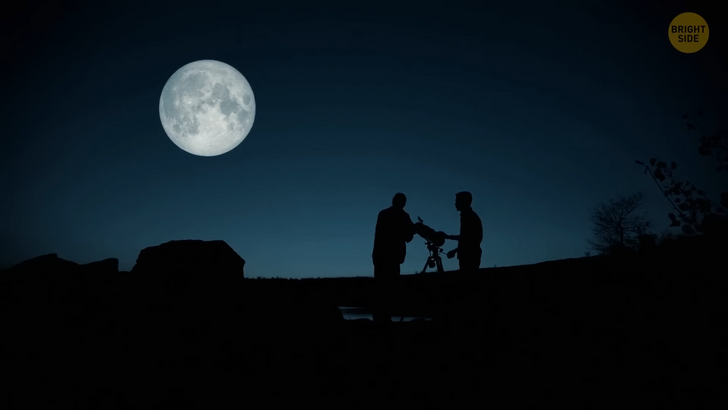
Another theory — called the capture theory — claims that the Moon used to be an asteroid or some other wandering body. It formed somewhere else in the Solar System. When it was passing by Earth, it got caught by our planet’s gravity. But here is one catch. Our planet and the Moon have remarkable isotopic and chemical similarities. So, they must have a linked history, which means the Moon couldn’t have been created elsewhere.
Other experts think that at some point in the past, Earth was spinning so fast that some of its material broke away. It soon started to orbit our planet — that’s how the Moon appeared in the sky. But again, there’s one problem. In this case, the proportion and type of minerals on the Moon would have to be the same as on Earth. But there are slight differences. The Moon is richer in materials that form very fast at high temperatures.
There’s one more theory — and it’s probably the least exciting. It claims that Earth’s natural satellite could simply appear along with Earth during our planet’s formation. Duh. But these days, a more urgent question keeps astronomers busy. Is the Moon really Earth’s satellite, or are these two twin planets? The Moon is big compared to our planet — about one-quarter of Earth’s size.
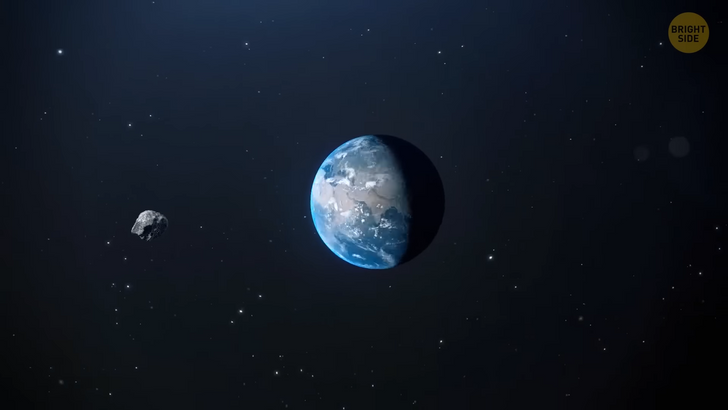
That’s why some experts refer to our planetary system as a “double planet.” But how correct is that? If we want to figure it out, we need to give the definition to the word “planet.” According to the International Astronomical Union, a planet is a space body that orbits the Sun, is massive enough to have a nearly round shape thanks to its gravity, and has cleared the region around its orbit.
Now, what about a satellite? It’s an object in space that orbits around a larger celestial body. If we take the system Earth-the Moon, its center of gravity (called a barycenter) is inside Earth. That’s why at the moment, we can’t say that we live in a twin-planet system. According to this definition, the Moon is the satellite of our planet. Now, let’s get back to the past. Like, 3 or 4 billion years ago... Even though the Moon wasn’t a planet, it most likely had a full-fledged atmosphere! It formed at times when powerful volcanic eruptions were rocking our satellite.
Gases spread all over the Moon’s surface. And it happened so fast that they didn’t have enough time to escape into space. At that time, the lunar surface was covered with basins filled with volcanic basalt. Just imagine ginormous plumes of magma hurtling high into the air, falling to the ground, and creating lava flows... That’s how the basalt basins appeared on the surface of the Moon. At one point, scientists got their hands on samples brought from the Moon. They found out that lava flows there contained not only carbon monoxide and sulfur but also the building blocks of water!
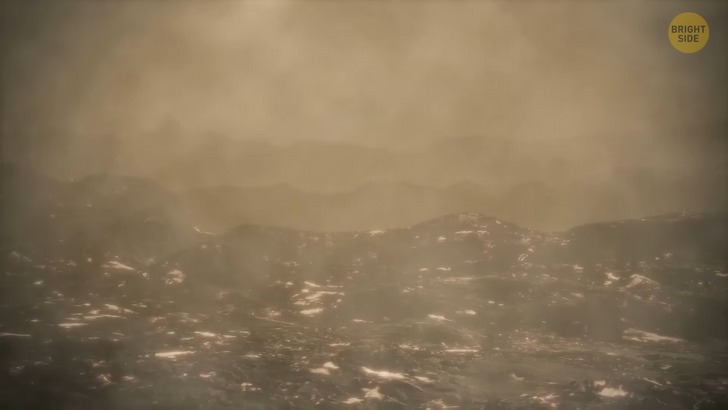
Thanks to these samples, researchers managed to calculate the amount of gas that rose and formed the atmosphere. It became the thickest around 3.5 billion years ago and existed for about 70 million years. After that — poof! — the atmosphere was lost in space. But the coolest thing? When the Moon did have an atmosphere, the satellite was three to ten times closer to our planet!
One computer simulation even suggests the Moon was probably up to 19 times closer than it is now. The distance between it and our planet could be 18,600 miles, while these days, our satellite is around 240,000 miles away. That’s why the Moon looked much, much bigger in the sky. Unfortunately, at that time, not even dinos were around to admire the view.
These days, the atmosphere of the Moon is almost nonexistent. And that’s why the satellite can’t protect itself from meteorites. The surface of the Moon is dotted with craters. For comparison, there are about 190 identified impact craters on our planet. Many of them are hidden by vegetation or covered with water. But if we speak about the Moon, the number is so much greater — several million! And around 5,000 of them are more than 12 miles across! And since the Moon is less seismically active than Earth, these craters and other ancient formations stay in perfect condition for centuries.
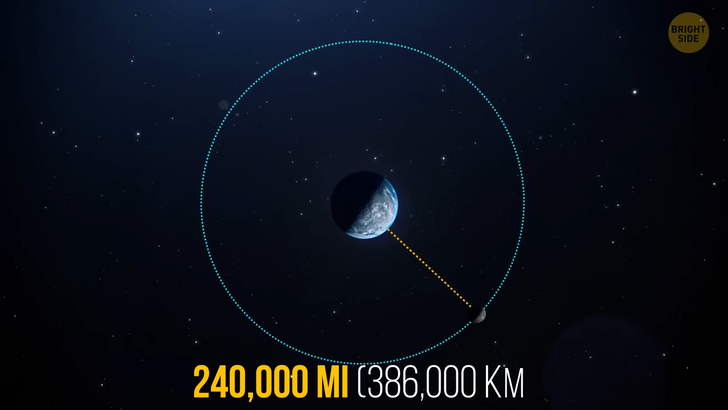
When you look at the Moon, it’s the brightest object in the night sky. But in reality, its surface is dark because the reflectance of our natural satellite is just a bit higher than that of asphalt! You might know that the Moon’s gravitational pull causes tides on our planet, making the oceans bulge out on both the side closest to the Moon and the one farthest from the satellite. But that’s not all — the Moon also slows down Earth’s rotation!
This phenomenon is known as tidal braking. It increases the length of a day on Earth by a bit more than 2 milliseconds per 100 years. The Moon is also moving away from Earth — at the same rate at which your fingernails grow. That’s about 1.5 inches per year. If one day, the Moon floats away into space, our planet will have to live through tough times. Without the stabilizing pull of the Moon’s gravity, Earth’s tilt would start changing wildly — from no tilt at all (meaning no seasons) to a large tilt (resulting in extreme weather).
Even though the Moon’s surface is mostly dormant, Earth’s natural satellite still experiences moonquakes. One theory suggests that they may be happening because the Moon is shrinking as its insides are cooling. Scientists say the Moon has become around 150 feet skinnier than it used to be several hundred million years ago. To help you understand it, picture a grape turning into a raisin. It wrinkles while shrinking. The same is happening to the Moon. It’s shrinking, and it’s wrinkling. But unlike a grape, the Moon doesn’t have flexible skin.
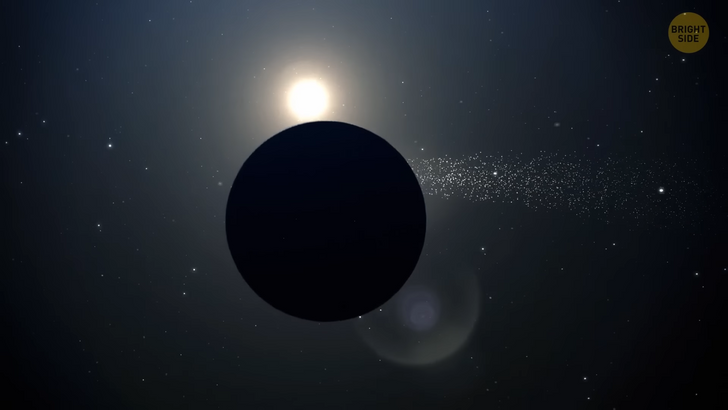
Its surface is hard and brittle. So, as the Moon gets smaller, the crust cracks and breaks, and its sections get pushed over neighboring parts. Wanna know another cool thing about the Moon? A recent study claims that it has a tail! And every month, it wraps around our planet like a scarf!
This slender tail is made up of millions of atoms of sodium. And our planet regularly travels directly through it. Meteor strikes blast these sodium atoms out of the Moon’s surface and further into space. For several days every month, the Moon remains between the Sun and our planet. That’s when Earth’s gravity picks that sodium tail. Our planet drags it into a long stripe that wraps around its atmosphere.
This lunar tail is totally harmless. It’s also invisible to the human eye — 50 times dimmer than what you can perceive. But during those rare days, high-powered telescopes can spot its faint yellowish glow in the sky. The tail looks like a gleaming spot that’s five times the full moon’s diameter.
And the spiciest fact for you: two or three years ago, an asteroid was pulled into Earth’s orbit and started to travel around the planet. Even though it was no larger than an average car, it was still a big deal — out of more than 1 million asteroids astronomers know about, it was only the second one to orbit our planet.
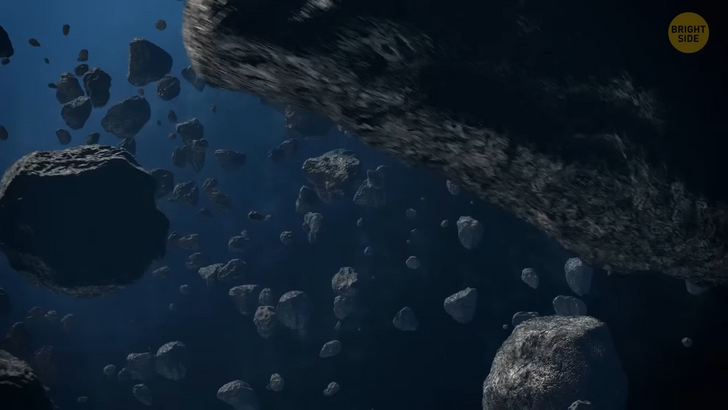
Called 2020 CD3, it was our temporary mini-moon. It didn’t stay with Earth for long, though. The asteroid followed a random orbit and slowly drifted away.
“Temporarily captured objects” — such as 2020 CD3 — are rare. They need to have a specific direction and speed to be caught by Earth’s gravitational pull. Otherwise, they either crash into the planet or fly in another direction.











